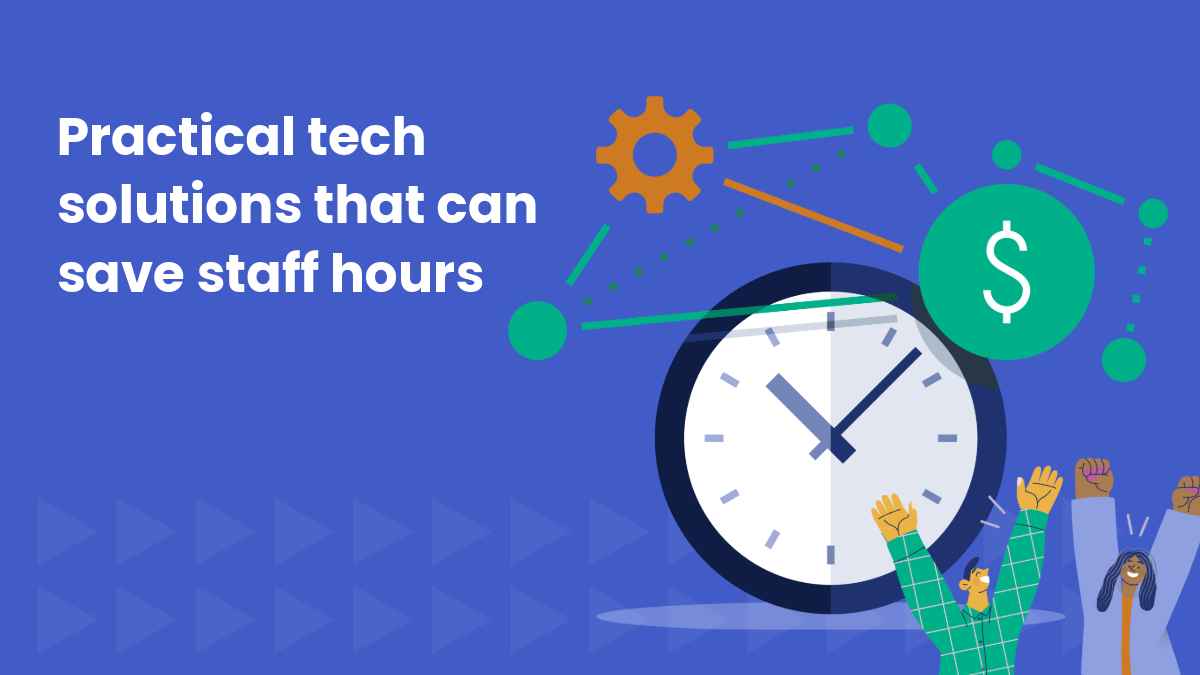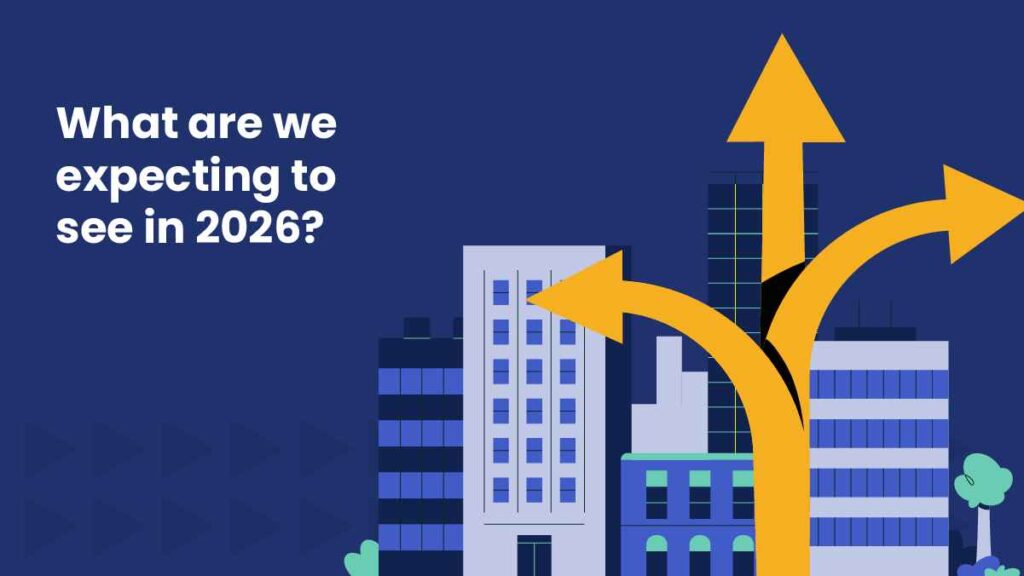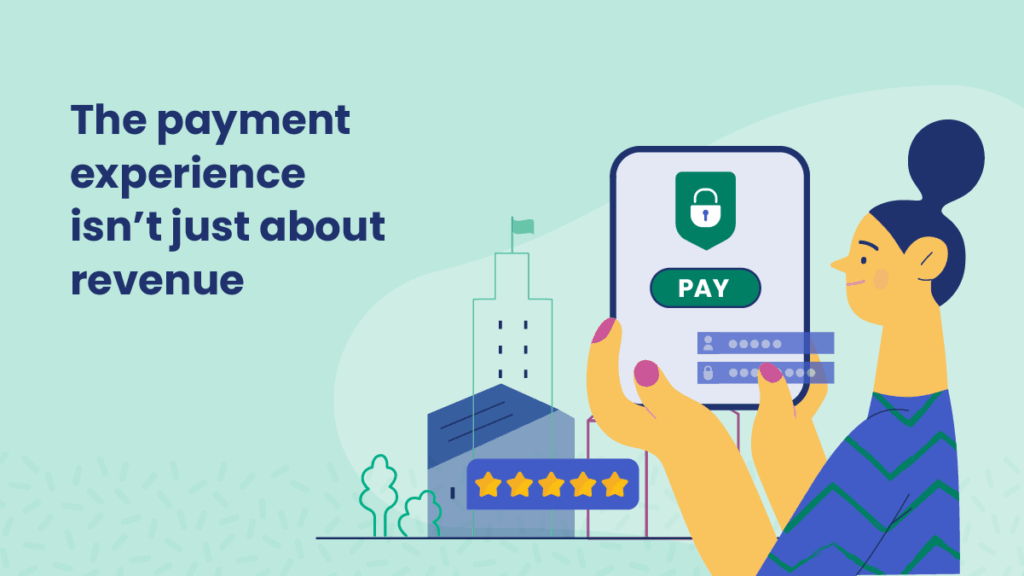Digital transformation in the public sector: 5 time-saving tools

Local governments are being asked to do more with fewer staff, a smaller budget, and less time. But that doesn’t mean internal operations or resident services have to suffer. By adopting simple, proven technology tools, agencies can automate specific tasks to streamline operations and deliver better service to residents.
How low-code tools and their everyday allies make work easier for public sector staff
Public sector staff are often bogged down with paper-based processes, approval bottlenecks, and IT backlogs. But modern technology can help reduce reliance on glitchy systems and manual, repetitive tasks — speeding up service delivery and allowing staff to focus on higher-value work.
5 time-saving tools that help public sector staff streamline work
These budget-friendly solutions have already been put into use at the state and local levels to improve efficiency:
- Low-code and no-code solutions make it easier for non-technical staff to design digital forms, automate workflows, and accelerate approvals — without writing code and with little to no support from IT departments. These tools offer intuitive drag-and-drop interfaces and pre-built components that reduce development time and cost, making them ideal for resource-constrained public sector environments.
- E-signature solutions reduce paper handling, mailing, scanning, and storage headaches. E-signature tools make work easier across departments: For example, HR can digitize onboarding packets, and Public Works can get contracts signed remotely in minutes instead of weeks.
- Digital forms and portals replace static PDFs and in-person paperwork with mobile-friendly, accessible forms. That means that residents can apply for things such as dog licenses and business licenses online, with backend workflows to route forms and auto-generate payment links.
- Workflow automation solutions connect tasks that usually require email follow-ups, paper shuffling, or spreadsheet tracking. Staff can use these to simplify routing invoices for approval, escalating unprocessed applications, or managing deadlines.
- Integrated scheduling tools, used internally, minimize back-and-forth emails for meetings, inspections, or services. Scheduling tools can also make necessary tasks easier for residents, allowing them to schedule appointments on their own.
How do these tools drive digital transformation in the public sector?
This practical, ready-to-deploy technology can save staff hours every week by reducing manual processes, especially in departments like clerk’s offices, treasurer’s offices, permitting, or HR.
- Break down data silos (and improve interdepartmental coordination)
Low-code and no-code tools enable integration across multiple legacy systems, creating unified workflows and allowing real-time access to shared dashboards. - Work more efficiently
Automating routine tasks like approvals, reminders, and document routing helps agencies cut multi-day workflows down to hours or minutes. - Increase staff capacity
Freeing up time from low-value manual tasks allows teams to redirect effort toward resident services, complex casework, or process improvements. - Save money (for bigger, better projects)
Digital forms, online scheduling, and automation reduce the need for printing, postage, in-person visits, and paper storage — providing long-term savings across departments. - Respond faster
These solutions don’t require heavy development cycles, so employees can quickly build or adapt workflows in response to emergencies, staffing changes, or new policies.
Small technology tweaks add up to big efficiency gains
For cities and states with limited IT capacity, low-code platforms and complementary automation tools offer a low-risk way to modernize. They deliver quick time-to-value, minimize staff burden, and help agencies meet resident expectations without major system overhauls. By starting with these practical solutions, public sector leaders can lay the foundation for deeper digital transformation.
Government service payment solutions are also improving efficiency
Government agencies are using digital payment solutions to automate financial reconciliation and funds disbursement, improving delivery speed and internal workflows. Learn more about how the public sector is using payments technology to improve the customer experience and operational efficiency simultaneously.
Looking for more content?
Get articles and insights from our monthly newsletter.




